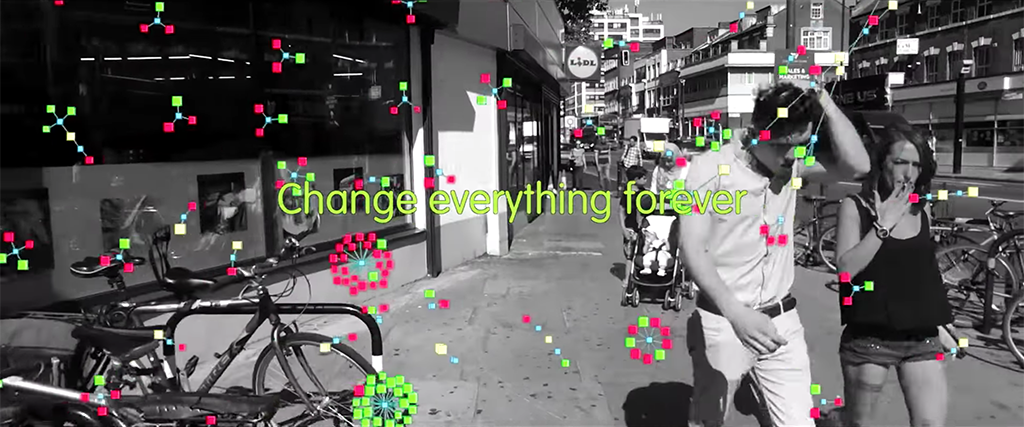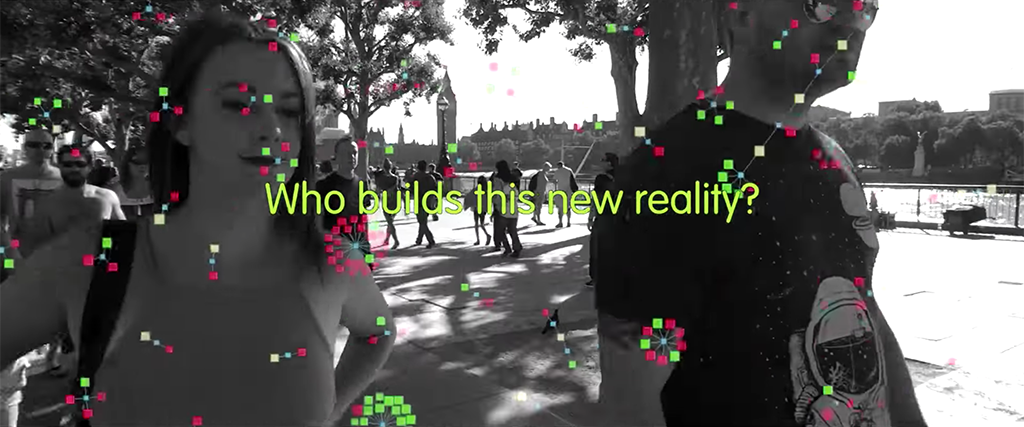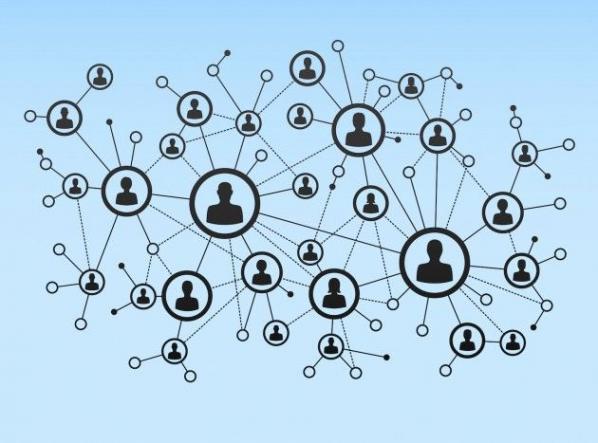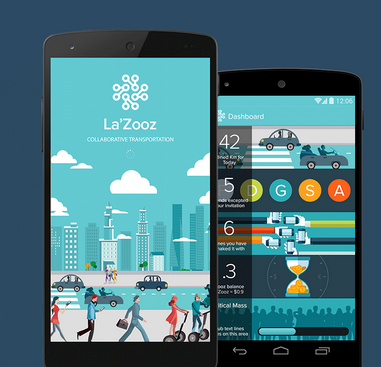



Algorithmic Food Justice is a research project that focuses on two injustices in the global food system and tests how emerging decentralised coordination technologies might support positive transformation.
It is a 6-month project led by researchers at City University, London in partnership with DECAL Decentralised Arts Lab at Furtherfield, Spitalfields City Farm and the Gaia Foundation. The project is funded by the Engineering and Physical Sciences Research Council “Not Equal Network”.
Firstly, unequal access to food. How can we create a sustainable “food commons”, where food production is managed for the benefit of all, including low income and ethnically diverse communities? Our project will explore this issue in partnership with urban agricultural communities, who already experiment with alternative models of labour and distribution within the fabric of our cities.
Secondly, we will address the injustices inflicted on other species by intensive human food production. To grow food successfully, humans require the help of other organisms – for example bees, or soil micro-organisms.
How might we use the features and affordances of blockchain technology to organise differently and to recognise and value the contributions of more-than-human participants, and therefore help avoid problems like soil degradation and bee extinction that threaten life on earth? How might this algorithmic “more-than-human value system” take shape in urban agricultural contexts?
This year, we will hold four workshops to collectively re-imagine a future food commons and operationalise different value systems by working with blockchain technologies. As we look into the future of urban farming, what will urban agricultural communities need in order to flourish, for the benefit of all? How can the interdependencies between humans, creatures and natural resources be better catered for?
Drawing on this collaborative and participatory work, we will develop speculative prototypes that float new arrangements of the food web and stimulate further discussion on how urban food futures might generatively reshape our increasingly algorithmic systems and environments.
http://algorithmicfoodjustice.net/
Featured image: Credit to Sara Heitlinger and Lara Houston
“Decentralised computer infrastructure does not necessarily mean decentralised power” *
Announcing a new film and groundbreaking collaboration
The Blockchain: Change everything forever WATCH HERE
This new film released online on 3 October 2016 by Furtherfield in collaboration with Digital Catapult broadens the current debate about the impact of emerging blockchain technologies.
The underpinning technology of Bitcoin digital currency, the Blockchain is reshaping concepts of value, trust, law and governance. This film sets out to diversify the people involved in its future by bringing together leading thinkers, computer scientists, entrepreneurs, artists and activists who discuss:
What can a blockchain do?
Who builds this new reality?
How will we rule ourselves?
How will the future be different because of the Blockchain?

This is a unique collaboration between Furtherfield, dedicated to new forms of cooperation in arts, technology and society and Digital Catapult, an organisation dedicated to growing the UK digital economy.
DOWNLOAD
PRESS RELEASE (.pdf)
TRANSCRIPT (.pdf)
Directed by Pete Gomes
Concept, research and development by Ruth Catlow, Furtherfield, Co-founder and Co-director.
Contributors: Dr Anat Elhalal, Digital Catapult; Ben Vickers, Co-founder unMonastery and Curator of Digital, Serpentine Galleries; Dr Catherine Mulligan, Research Fellow, Associate Director – Centre for Cryptocurrency Research, Imperial College; Elias Haase, Developer, Thinker, Beekeeper, Founder of B9lab; Irra Ariella Khi, Co-founder and CEO Vchain Technology; Jaime Sevilla, developer, researcher, GHAYA , #hackforgood; Jaya Klara Brekke, digital strategy, design, research and curating, Durham University; Kei Kreutler, Independent Researcher, Co-founder unMonastery; Pavlo Tanasyuk, CEO BlockVerify; Rhea Myers, artist, writer, hacker; Sam Davies, Lead Technologist – Creative Programmes, Digital Catapult; Vinay Gupta, resilience guru, Hexayurt
Pixelache Festival 2016, Helsinki, Finland. 22-25 September 2016
BLOCKCHAIN MEETUP, London Digital Catapult Centre, London, UK. 27 October 2016
INAUGURAL BRISBANE BLOCKCHAIN SYMPOSIUM 2016, Brisbane, Australia. 3 November 2016

The Blockchain – Change everything forever has been made as part of Furtherfield’s Art Data Money programme which seeks to build a commons for the arts in the network age. A book, Artists Re:Thinking The Blockchain in partnership with itinerant publisher and arts organisation Torque will be published in Spring 2017 with the prequel due out November 2016.
Furtherfield is an international hub for arts, technology and social change. Since 1997, Furtherfield has created online platforms and physical places for exhibitions, labs and debates where different types of people explore today’s important questions. Furtherfield is an Arts Council England ‘National Portfolio’ organisation with a Gallery and Lab in London’s Finsbury Park http://furtherfield.org/
Digital Catapult works with SMEs to help them grow and scale faster. It helps larger corporates in their digital transformation. It does this through programmes of collaboration and open innovation, by bringing academic leading edge expertise into the mix combined with the organisation’s own business and technological expertise. https://digital.catapult.org.uk
For any additional materials and interviews
Please contact Ruth Catlow
ruth.catlow@furtherfield.org
@furtherfield
A Furtherfield film made in collaboration with Digital Catapult, with support from Arts Council England and Southbank Centre.
Blockchain: Change everything forever
What is the Blockchain?
The Blockchain is the underpinning technology for Bitcoin digital currency, and is said to be at the same stage of development as the World Wide Web in the late 1980s. Its promoters claim that the global deployment of smart contracts via this new decentralised protocol will change everything forever.
The Blockchain in Context
In 2008 Bitcoin, the first global digital currency was described in a white paper by the pseudonymous Satoshi Nakamoto. While the WWW facilitated a worldwide (economic and social) revolution in the global distribution of information, the Blockchain, would facilitate secure, decentralised record-keeping, exchange of digital assets and the mining and exchange of computationally secured value.
Since 2013 blockchains have become a focus for investment by world banks, FinTechs and corporations who predict a fourth industrial revolution of super-automation and hyperconnectivity. This is also accompanied by predictions from the World Economic Forum of increased global inequity.
In this version of the future, code replaces legislation. “Code becomes law”. Decentralised Autonomous Organisations (DAOs) route around systems of regulation and taxation via immutable smart contracts, globally deployed across the Blockchain.
The film The Blockchain: Change everything forever proposes that people from diverse disciplines and backgrounds should be involved to work out how Blockchain technologies can be shaped for more decentralised power, diverse needs and interests into the future.
*Jaya Klara Brekke, Digital strategy, design, research and curating, Durham University
Many of both Bitcoin’s most vocal proponents and detractors agree that the way the cryptocurrency operates technologically determines the form of the economy and therefore the society that uses it. That society would be anarcho-capitalist, lacking state institutions (anarcho-) but enforcing commodity property law (capitalist). If this is true then Bitcoin has the potential to achieve a far greater political effect than financial engineering efforts like the Euro or quantitative easing and with far fewer resources. Perhaps variations on this technology can create alternatives to Bitcoin that determine or at least afford different socioeconomic orders.
Bitcoin is already more than half a decade old and “Crypto 2.0” systems that build on its underlying blockchain technology (the blockchain is a network-wide shared database built by consensus, Bitcoin uses it for its ledger) are starting to emerge. The most advanced allow the creation of entire organizations and systems of organization on the blockchain, as Decentralized Autonomous Organizations (DAOs). We can use them to help create those different socioeconomic orders.
Workers’ Councils are a Liberatarian Socialist system of organization. Rather than implementing Soviet-style centralized command economies, workers councils are decentralized and democratic. Workers in a particular workplace decide what their objectives are then appoint temporary (and instantly revocable) delegates to be responsible for them. Workplaces appoint representatives to local councils, local councils appoint representatives to regional councils, and so on, always temporarily and revocably. It is a system of face to face socialisation and political representation rather than top-down control.
This system emerged at various times in Europe, South America and the Middle East throughout the Twentieth Century. It is a very human method of governance, in stark contrast to the “trustless” code of Bitcoin as well as to the centralized politics of the Soviets. That said, technology can assist organization as easily as it can support material production. In the 1970s the cordones of Chile interfaced with the Allende government’s Project Cybersyn network, and contemporary online workers collectives can use the Internet to co-ordinate.
A DAO is a blockchain-based program that implements an organization’s governance and controls its resources using code rather than law. There can be a fetishistic quality to the idea of cold, hard, unyielding software perfect in its unambiguous transparency and incapable of human failing in its decision making. There can be similar fetishistic qualities to legal and political organizational perfectionism, this doesn’t disqualify any of their subjects as useful ideals however they need to be tempered pragmatically.
Using the public code and records of a DAO can help with the well known problem of structurelessness, and can store information more efficiently and reliably than a human being with a pen and paper. The much vaunted trustlessness of cryptovurrency and smart contract systems can help build trust in communication within and between groups – cryptographically signed minutes are relatively hard to forge although the ambiguity of language is impossible to avoid even in the mathematics of software.
The delegates of a workers’ council can be efficiently and transparently voted on, identified by, and recalled using a DAO. This makes even more sense for distributed groups of workers, groups that share a common cause but lack a geographic centre. Delegates can even be implemented as smart contracts, code written to control resource allocation and evaluate performance in the pursuit of their objective (unless recalled by the council that created them).
Entire councils, and inter-council organisation, can be supported or implemented in their organization as DAOs. Support includes communication and record keeping. Implementation included control of resources, running delegates as code, and even setting objectives for delegates programatically.

The latter finally brings the concept of DAOs into direct conflict with the spirit of the Workers’ Council. Councils exist to allow individual human beings to express and agree on their objectives, not to have them imposed from above. Being controlled by code is no better than political or economic control. It is the nature of this relationship to code, politics or the economy that is positive or negative – writing code to charge someone or something with seeing that a task be undertaken is no different from writing it in the minutes and makes mroe explicit that organization is production as the subject of work in itself. A democratic, recallable DAO that sets objectives is very different from a blob of capital with unchangeable orders to maximise its profits online.
The resources that a DAO controls need not be monetary (or tokenized). A DAO that controls access to property, energy or other resources can contribute to avoiding the pricing problem that conventional economics regarded as a showstopper for the Soviet cybernetic economic planning of “Red Plenty“. DAOs need not even be created to represent human organization – “deodands” can represent environmental commons as economic actors. These can then interact with workers council DAOs, representing environmental factors as social and economic peers and avoiding the neoliberal economic problems both of externalities and privatisation.
Workers Council DAOs – Decentralized Autonomous Workers Councils (DAWCs) are science fiction, but only just. Workers councils have existed and been plugged in to the network, structurelessnes and scalability are problems, DAOs exist and can help with this. Simply tokenizing “sharing economy” (actually rentier economy) forms, for example replacing Uber’s taxi sharing with La’zooz, while maintaining the exploitative logic of disintermediation isn’t enough.

If we are unable or unwilling to accelerate the social and productive forces of technology to take us to the moon, we can at least embrace and extend them in a more human direction.
The text of this article is licenced under the Creative Commons BY-SA 4.0 Licence.